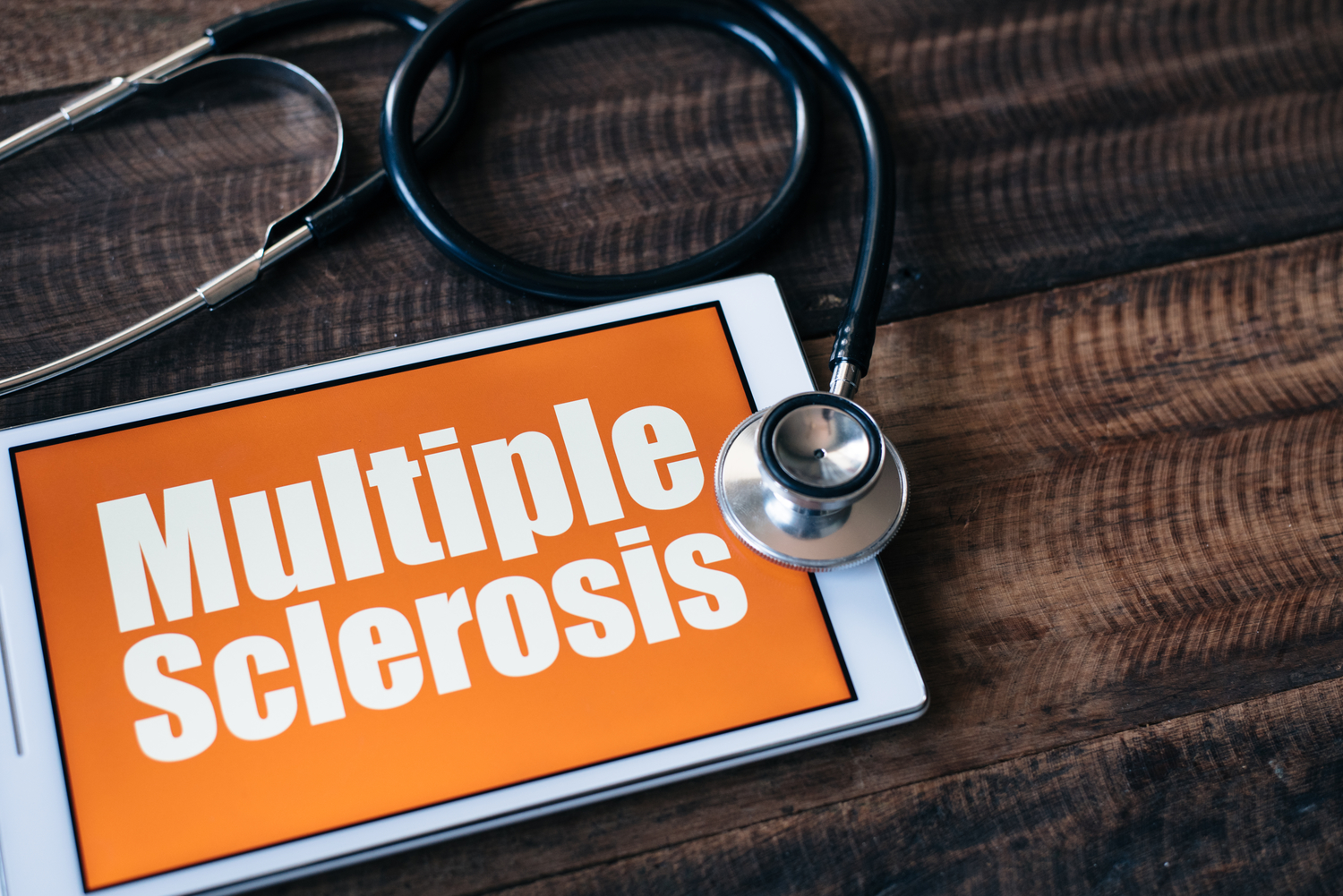
6 Treatment Options for Multiple Sclerosis
Multiple sclerosis (MS) is a demyelinating disease that affects the central nervous system. The most common symptoms are fatigue and difficulties in motion. Some people also experience pain and cognitive issues. Diagnostic tests used for detecting Multiple sclerosis include MRIs, lumbar punctures, blood tests, and visual evoked potential (VEP) tests. It is a degenerative disease and cannot be cured. There are, however, many treatment options to manage symptoms.
1. Beta interferons
Beta Interferons are the most commonly prescribed method to treat multiple sclerosis. It uses drugs to modify the way the immune system responds to infections. Interferons are naturally produced in the body by white blood cells. Beta interferons are injected either subcutaneously or intramuscularly. They help reduce the intensity and recurrence of flares and the disease’s deterioration. Some examples of beta-interferon drugs are Avonex, Betaferon, and Rebif. However, side effects include flu-like symptoms, fatigue, fever, chills and aches, redness, and swelling. Mood swings are also common, along with anxiety, irritability, and concentration problems.
2. Corticosteroids
You can treat multiple sclerosis using oral steroid medication like prednisone or intravenous methylprednisolone. Some symptoms improve on their own, but your general physician may prescribe a short high dose of steroids. These medicines work by reducing inflammation in the nerves. However, taking steroids on a daily or weekly basis (as prescribed by the physician) can affect overall recovery. They also bring side-effects like insomnia, mood swings, water retention, a metallic taste in the mouth, and sleeping problems.
3. Disease-modifying drugs
Disease-modifying drugs reduce the activity and deterioration of multiple sclerosis. They are effective for both relapsing-remitting MS and other progressive forms of MS. Some of the common DMDs are:
4. Mitoxantrone
Mitoxantrone is an early stage DMD administered intravenously once every three months. It works by inhibiting the ability of immune cells to damage myelin. This drug reduces the rate of neurological disability. Side effects include increased risk of heart disease, lowered immunity, bleeding problems, discoloration of the eyes or urine, hair loss, nausea, menstrual problems in women, and infertility in men.
5. Natalizumab
It is an intravenous medication used to prevent the aggravation of symptoms by reducing the inflammatory immune cells from passing through the blood-brain barrier. It is useful in preventing relapse and cognitive decline and in improving the overall quality of life. Some unpleasant side effects are dizziness, joint pain, exhaustion, and urinary tract infections.
6. Fingolimod
It is an oral capsule used primarily to delay the accumulation of disabilities. It prevents white blood cells from attacking nerves in the brain and spine. Fingolimod decreases inflammation and the frequency of remission. But colds, headaches, diarrhea, and nausea are common problems caused by these drugs.
Apart from medications for bodily symptoms, you can treat behavioral changes and mobility issues with therapy. Chronic diseases can be stressful and cause feelings of helplessness. Regular physiotherapy helps improve ease of motion, and counseling can help battle feelings of anxiety and depression. Dietary changes and lifestyle modifications can improve quality of life. Along with alternative therapies like massage and acupuncture, regular exercise is also recommended.
Multiple sclerosis can seem like a scary disease, but it is manageable with medication, therapies, and a healthy lifestyle. Working patiently with a trusted physician and taking the help of family members is vital.



